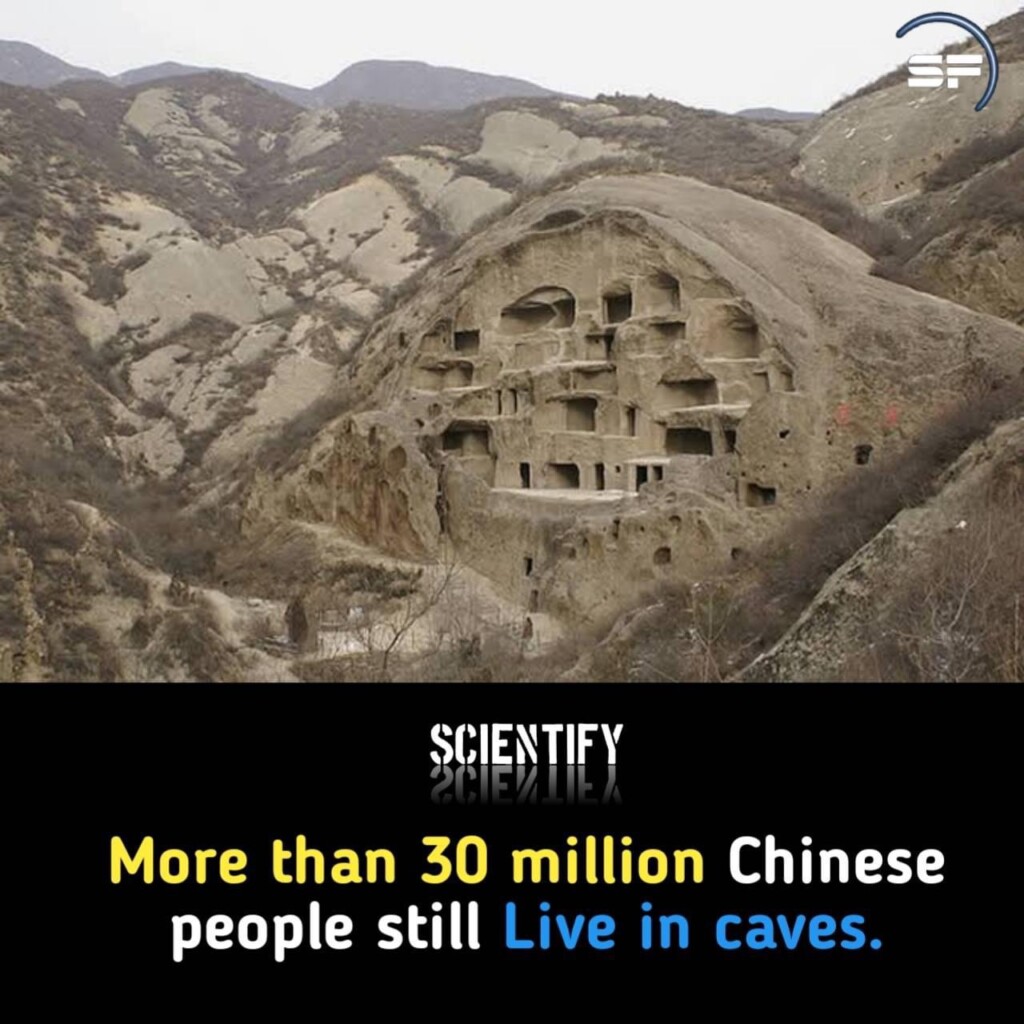The Cave Dwellers
In the outskirts of Yanan, China, a unique way of life persists. More than 30 million Chinese people live in caves, a lifestyle choice that might seem unusual to outsiders but is deeply rooted in the country’s history and geography. The Loess plateau in Shaanxi province, with its distinctive cliffs of yellow, porous soil, makes digging easy and cave dwelling a practical option.

The Appeal of Cave Living
Cave living is not just a relic of the past. Many Chinese people, like Ren Shouhua, a 46-year-old man who moved to the city in his 20s, plan to return to cave living upon retirement. The appeal lies in the simplicity and comfort of cave homes. They are cool in the summer, warm in the winter, quiet, and safe. The better caves protrude from the mountain and are reinforced with brick masonry. Some are connected laterally, allowing a family to have several chambers. Modern amenities like electricity and running water can be brought in, making these caves as comfortable as city apartments.
The Historical Significance
Cave living has a significant role in modern Chinese history. The Long March, the famous retreat of the Communist Party in the 1930s, ended near Yanan, where Mao took refuge in caves. Even Chinese Vice President Xi Jinping lived in a cave for seven years during the Cultural Revolution.
The Environmental Perspective
In recent years, architects have been reappraising the cave in environmental terms. Caves are energy efficient, and building houses in the slope saves arable land for planting. However, the lifestyle does not suit modern complicated lifestyles very well. People want to have a fridge, washing machine, television.
The Future of Cave Living
Despite the challenges, cave living continues to thrive in parts of China. A thriving market around Yanan means a cave with three rooms and a bathroom can be advertised for sale at $46,000. Many caves, however, are not for sale or rent because they are handed down from one generation to another. For many, life in a cave is easy and comfortable, and they can’t imagine anything different.
In conclusion, while cave living might seem like a relic of the past, it is a way of life for millions in China. It is a testament to human adaptability and a reminder of the diverse ways in which people across the world live in harmony with their environment.
Visit GoDiscoverPlaces.com to see awesome places to travel around the world!
As an Amazon Associate we earn from qualifying purchases through some links in our articles.
